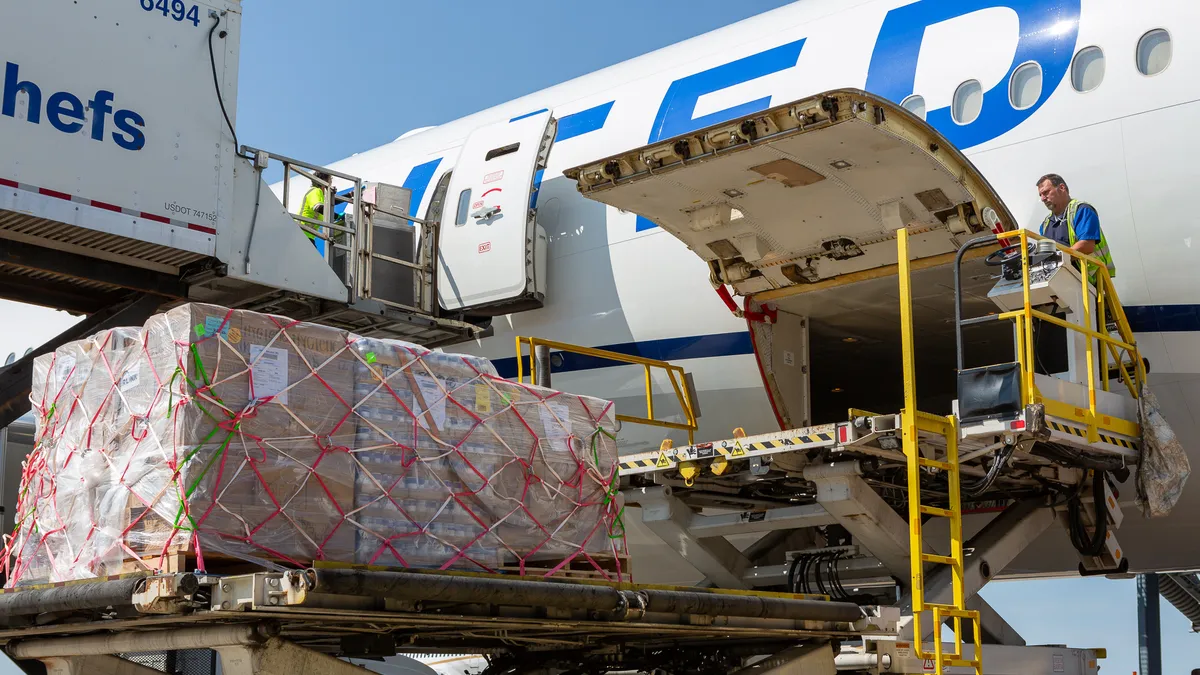After a positive start to the year showed signs of an industry rebound, manufacturing growth has plateaued as the Federal Reserve declines to lower interest rates.
The Institute for Supply Management's May Purchasing Managers' Index registered at 48.7% in May, down half a percentage point from April and still in contraction territory below 50.0. The stagnant growth was driven in large part by a lack of demand, with the new orders index down 3.7 percentage points to 45.4%.
"Interest rate uncertainty has caused companies to focus more on liquidity and be extremely cautious with any form of investment, including people, inventory/working capital and Capex," Timothy Fiore, chair of ISM’s Manufacturing Business Survey Committee, said on a media call Monday.
With demand down, backlogs are also continuing to fall, registering at 42.4%. Without a change in interest rates, Fiore cautioned that the sense of optimism from the year's outset could sink back into contraction, particularly if production continues to fall.
"Uncertainty is the devil of business, and that's exactly where we're sitting today," Fiore said.
Even with employment up in May compared to April, Fiore cautioned that when looked at beside survey respondents' comments regarding stagnant growth and a lack of orders, the reality is that the industry is not undergoing major hiring.
The Federal Reserve noted in a May 1 announcement that it does not plan to reduce rates until it has "greater confidence that inflation is moving sustainably toward 2 percent." Industry observers have said cuts aren't likely to happen until roughly Q4 2024.
"I started the year with the forecast very positive, without the benefit of rate cuts, thinking it was a tailwind," Fiore said. "And now five months in, the fact that we haven't had a real rate cut, we now have a headwind and we've converted from a profit-oriented performance year to more of a liquidity-focused performance year."
Despite the ISM's gloomy outlook, S&P Global’s PMI came in at a more positive 51.3 in May, up from 50.0 the month before. The sunnier outlook was buoyed by renewed export orders and greater optimism about future production rates.
S&P's PMI also saw the first, though marginal, gain in purchasing activity in three months. Like ISM, however, manufacturers noted a rise in input costs, which pushed them to increase prices.
"Although modest, the expansion in new work bodes well for production in the coming months," Andrew Harker, economics director at S&P Global Market Intelligence, said in a statement. "In fact, manufacturers cited confidence in the future as a factor contributing to increases in employment, purchasing activity and finished goods stocks."
















